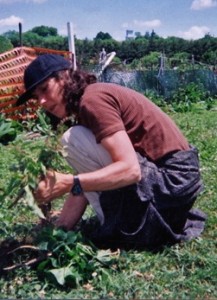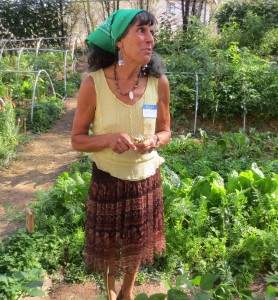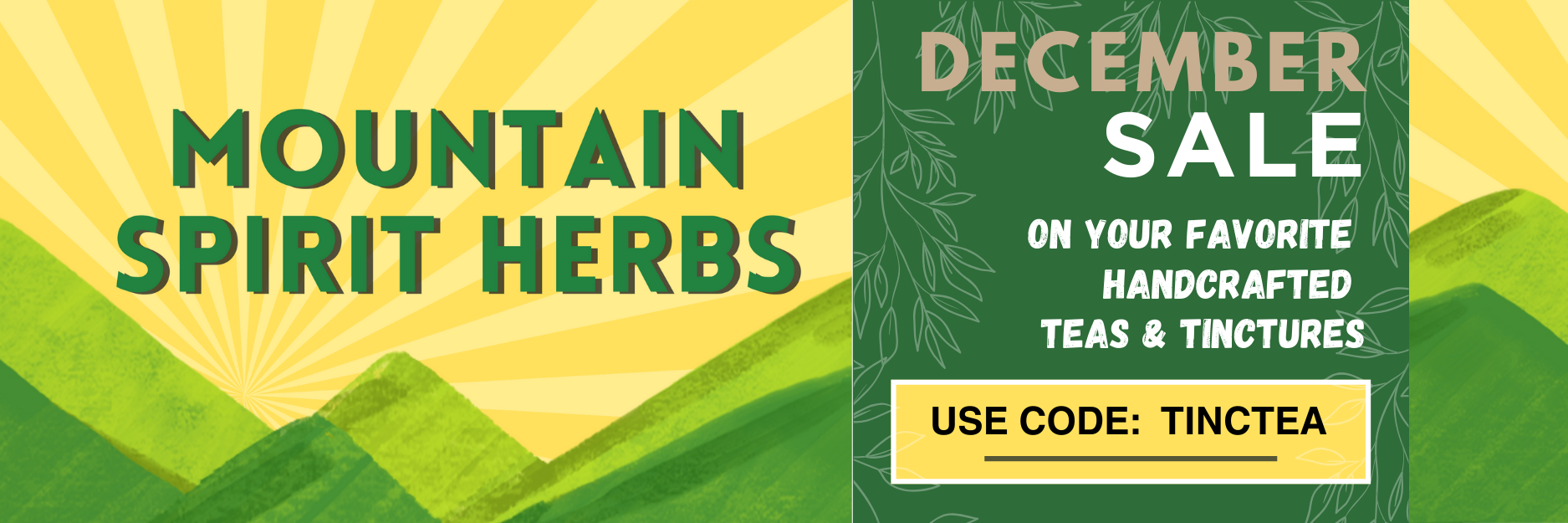 Many people who are interested in natural and alternative health care want to become educated about the use of herbs as allies in their healing processes and learn about selecting the best herbs possible. Possibly the best herbs for any individual’s needs are the herbs that grow in the local environment, and literally in one’s own back yard. Harvesting one’s own herbs from the local environment is called wildcrafting. Wild-crafting gives you an immediate connection to the healing
Many people who are interested in natural and alternative health care want to become educated about the use of herbs as allies in their healing processes and learn about selecting the best herbs possible. Possibly the best herbs for any individual’s needs are the herbs that grow in the local environment, and literally in one’s own back yard. Harvesting one’s own herbs from the local environment is called wildcrafting. Wild-crafting gives you an immediate connection to the healing
power of the earth and this experience is in the medicines you can create.
Why WildcraftYour Own Herbs?
Wildcrafting your own herbs assures you of the plant’s freshness and potency. You have a good idea of the soil conditions in which the herb was grown and know if they are organic. You know that the herbs were clean and free of debris when harvested because you are the person who cleaned them.
Another reason to wildcraft your own herbs is for a regular supply if there is ever a famine, an economic crisis, or even a commercial truck driver’s strike, where shipping might become slowed for days or longer. In difficult and stressful times, immune systems become compromised and illnesses increase. Having your own, wildcrafted supply of herbs on hand prepares your family for emergencies.
How To Identify Herbs For Wildcrafting
One of the best resources available for identifying herbs and wild plants in any locality in the United States is the county extension office. Some states offer beautiful, picturesque websites full of photo images to help you identify various plants and “weeds.” Most have brochures, handouts, and field guides which may be helpful to take on herb walks. Often attached to county extension offices are Master Gardener’s clubs, which are run by volunteer plant enthusiasts. Some of these volunteers may be valuable resources as you learn how to identify and wildcraft your own herbs.


Another excellent resource for identifying herbs in the wild are books written by herbalists identifying the plants in your region. Authors such as Michael Moore, Susan Weed, and Nancy J. Turner provide a wealth of information on the practice of foraging. When selecting resources, do your best to find material written for the area in which you live.
Drying and Storing Wildcrafted Herbs
Collect your wildcrafted herbs in paper bags, pillow cases, or recyclable grocery bags. Clean the dirt and debris off of the plants once you get them home. You may dry your herbs indoors by making small bundles and hanging them upside down or spreading them on a drying rack such as old window screens or large baskets. It is very easy to get herbs confused once they are dried so make sure to carefully label them. Never dry herbs in direct sunlight, as they may lose some volatile oils in the process.
Dry the herbs until they crumble easily when touched. Storing herbs before they are completely dry can cause them to get moldy. Once your wildcrafted herbs are dry, store them in well-labeled glass jars with lids. They will for at least a year if kept in a cool, dry place but its best to use them before the next harvesting season.


